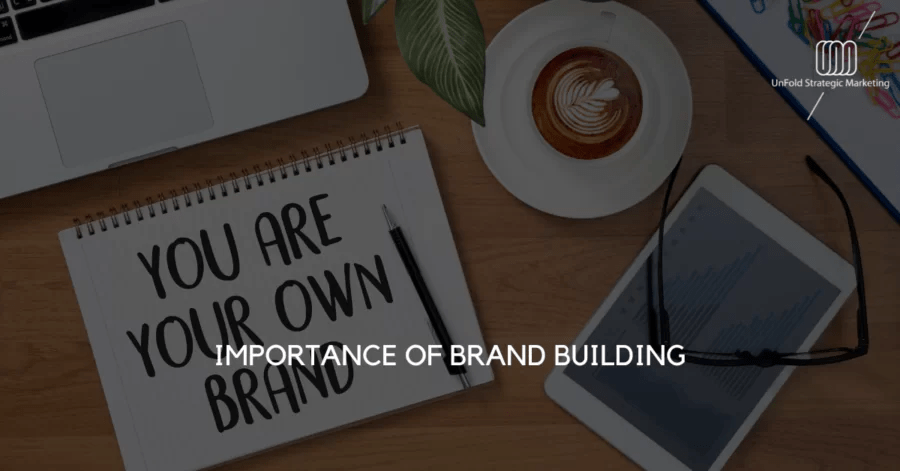Good branding is more than a memorable logo. It is crucial to increase value, provide employees with direction and motivation, and acquire new clients. A brand is the sum of perceptions about a company’s customer service, reputation, advertisement, and logo. When all these factors work together, the overall brand is considered healthy.
Brand building is often a complex task, and many business owners are so absorbed in their daily business operations that they forget to consider their projected brand identity. Brand identity is how one defines their business to themselves, their audience, and their employees. It is the combined product of the company’s tagline, the advertised message, brand signs, employee uniforms, the office’s design, and the nature of the response to their customers.
Brands are a promise mark that combines psychology and science. They last longer than items. Brands last longer than items. Brands communicate a consistent level of quality, credibility, and experience.
Brand-building creates awareness, establishes a company, and promotes it through advertising and promotional initiatives. Branding is crucial to the business. The brand-building aims to provide the organisation with a distinct image.
Following are some of the factors that make brand building important for all businesses:
- It works on Psychological Factors: A strong brand identity can influence a company’s present and prospective client’s perception of its products and services. Therefore, it is crucial to align the business logo and visual identity with the target audience’s attitudes, aspirations, and needs. Elements such as colours, shapes, and patterns draw out different responses from different people. Customer research is an essential tool for this.
- Increases Awareness: Customers come across the marketing of various brands daily, but when they emotionally connect with a brand, they pay attention to it. Therefore, businesses that are clear about what they are and the audience they wish to target, and are capable of effectively communicating the characteristics that set them apart from the competition, are the ones that drive successful connections from the audience.
- Generating trust: Establishing credibility requires a professional appearance. Customers may hesitate to do business with a company that appears unpolished or fraudulent. Emotional reactions to appearance and feel are encoded into our brains and significantly affect purchasing decisions.
- Customer Loyalty: Consumers are primarily attracted to and are loyal to brands that share their beliefs. In developing a brand message, it is essential to make sure that it conveys the business’s values and enables the customers to build an emotional connection. Loyalty to a brand can go on for a long time; it can last a lifetime and is often passed on through generations of a family.
- Boosting employee morale and satisfaction: When one works for a highly reputed business and has strong feelings about its values and beliefs, they feel proud of what they do and have a sense of satisfaction derived from their job. In addition, they might praise their company to their family and friends, strengthening the brand identity further.
It is crucial to understand that brand building is everlasting and cannot be left halfway. One can’t follow the steps of other successful businesses. They need to be fully invested in understanding and advertising the core strengths of their company. They can’t be lenient.
It is also essential for the owners to have immense confidence and faith in their brand. If they cannot wholly believe in the company’s message, how can they expect their audience to believe it? So, it is crucial to begin the process when you are sure that you have a strong message that can be communicated and can connect with your targeted customers. Improving upon your weaknesses will lead to stronger customer relations. If you show the effort you’re making towards enhancing their experience and mending any issues they face with your product, it conveys a sense of commitment to your clientele.

